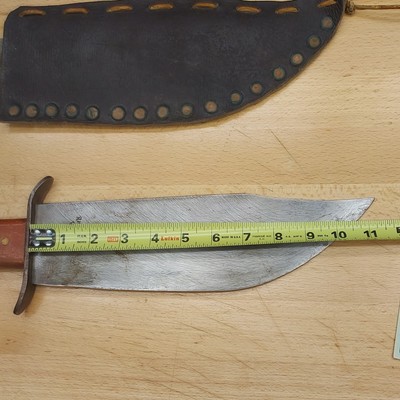

We were nurses, you do whatever you have to, to do the job.” “We didn’t know what we had gotten ourselves into until we got there. We had an almost 100% success rate if they got to us alive.”Īnnie says not all nurses had the disposition for war. Most of our men were shot in the guts or the chest they couldn’t swallow, they needed TPN until they could eat again. “The Americans gave us Total Parenteral Nutrition (TPN), we hadn’t heard of it in Australia. He said: ‘Stick with me Sis, I’ll teach you everything you need to know.’ I said “I don’t think I know what I’m doing”. “I got the handover from Corporal Heffernan. The DON said to me: “have you ever worked in ICU before?” I had looked after a ventilated patient once. I started at 7pm that night or the night after. “I got off the plane, there was no cross over – someone came in and someone went home. Her sister Marg was in the navy in Singapore. Jim Hall, Annie’s father, was a First Pioneer in the Siege of Tobruk. I finally got hold of Mum and Dad on the phone. “My number came up and matron called me in and said I was going to Vietnam. So we went for the interview on a Tuesday and the Friday after caught a train to Ingleburn.”Īnnie spent two years in the army looking after returned servicemen from Vietnam at the military hospital in Ingleburn. “I asked my friend if she’d ever thought of joining the army. I wanted to do something else,” she says.įrom Brisbane, Annie had come across nurse Colleen Mealy on her television screen, one of the first four Australian army nurses in Vietnam, who served with 8th Field Ambulance in Vung Tau. “There was Bob Dylan I could see that things were coming. The world was changing at the time, says army nurse Annie Healy, who served in Vietnam during 1969-70. “There was a lot going on in Australia, people were going off about the war but I didn’t like it when it was at the boys – not our boys.”

The national service boys were in the jungle one day and being discharged the next. “I stayed in the army so I always had the military close by. Jan nursed in the army for more than 26 years, including a stint in Singapore in 1972, until her retirement. If we were flat out, I used to say to them: ‘watch that drip and let me know if it’s running out.’”

There was one RN in the operating theatre, and theatre technicians used to assist with triage and in the operating theatre area. “It was very sad with the KIAs, they would come in and go to a side room,” Jan adds. The choppers would come in 50 metres away from the theatre.” We all knew when they were coming in by the radio and dust-offs. “If the battalions were in contact with the enemy we were flat out. “Our men had gunshot wounds and there were some amputations because of the mines. “I didn’t like any of our boys being injured but as a nurse you got on with it,” she says. Jan had completed A&E nursing and was experienced in trauma before joining the army. I know she was worried but she never said ‘don’t go’.” My mother’s brother had been in WWI so I had trepidation in telling her. “I didn’t join the army to go to Vietnam but I wanted to go. Jan joined the army when she was 26 and nursed Queensland boys who had been involved the Battle of Long Tan, while based at Yeronga Military Hospital. I think I met my replacement on the tarmac, we just didn’t have a handover you had to find your way,” she recalls. Nurse Jan McCarthy, from Seymour in Victoria, ventured across as part of the second group of Australian army nurses to serve in Vietnam, in 1968-69. Vietnam Veterans’ Day, celebrated on 18 August each year, remembers the scores of men and women, both fallen and living, who put their lives on the line and helped others. More than 200 Australian civilian nurses, 100 Royal Australian Air Force (RAAF) and 43 nurses from the Royal Australian Army Nursing Corps (RAANC), served during the Vietnam War. I looked around there was sand everywhere.” “I got to the hospital, a grey building, and I thought to myself ‘what have I gotten myself into?’ There was not a blade of green grass. Theatre nurse Jan McCarthy vividly remembers the day she arrived in Vung Tau, Vietnam, in May 1968.


 0 kommentar(er)
0 kommentar(er)
